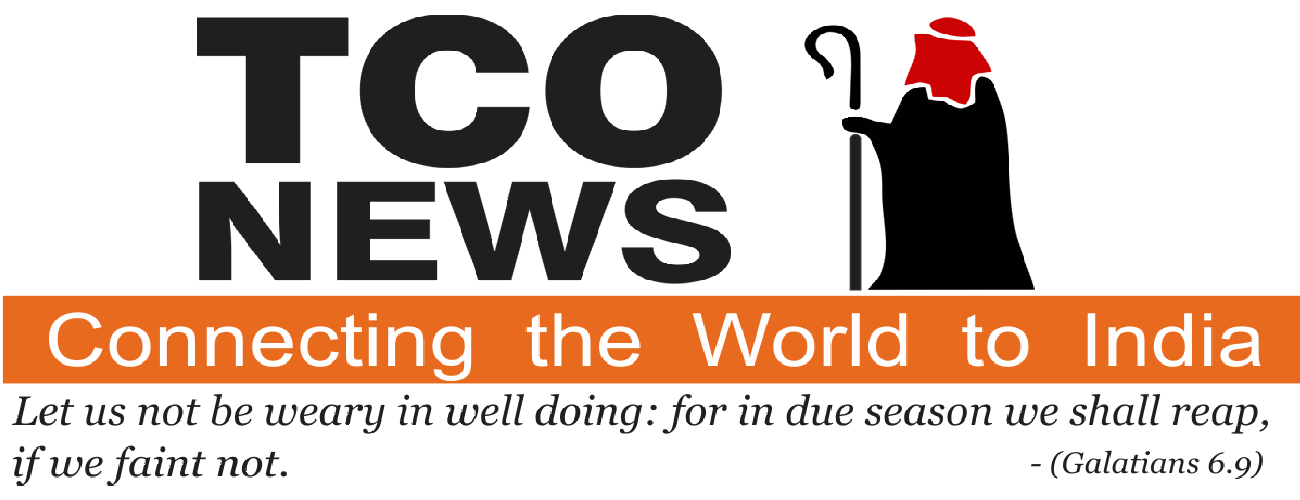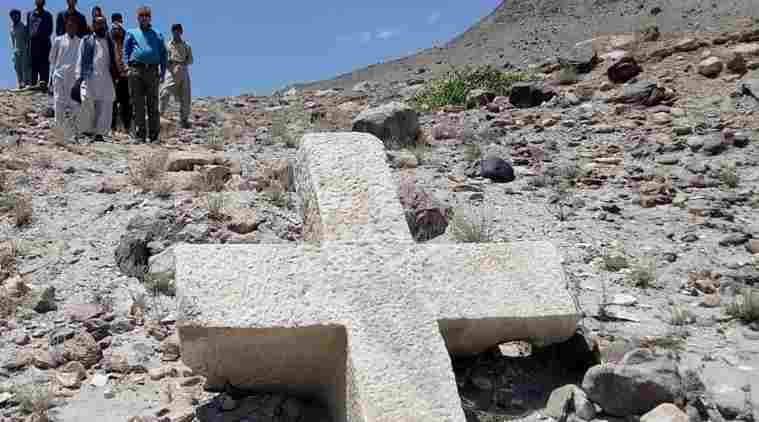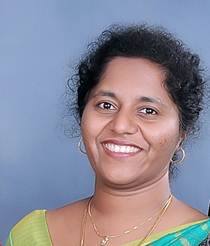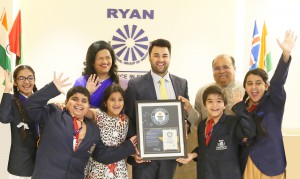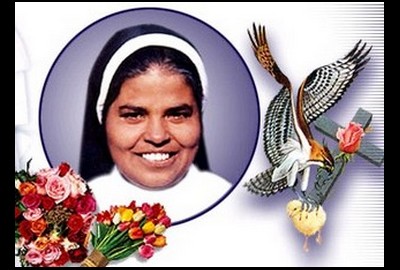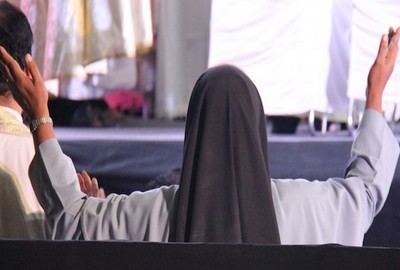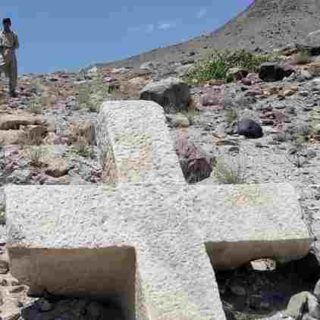This June, a giant cross was discovered in the remote mountain areas of northern Pakistan, overlooking the river Indus, by a team of researchers from the University of Baltistan in Skardu. Carved out of marble stone, weighing three or four tonnes, and approximately seven feet in height, the cross is believed to be the largest one of its kind found in the Subcontinent.
The discovery has generated global interest since it sheds new light on the religious history of the Subcontinent. While the precise era to which the cross belonged is yet to be ascertained through carbon dating, initial analysis reveals that it is a ‘Nestorian cross’, that dates between 900-1200 years ago. Nestorianism is believed to be the earliest sect of Christianity in the East, that originated in Asia Minor and Syria.
Further, experts examining the cross have also noted the Buddhist influences on it and called attention to the fact that it probably dates back to the time when Buddhism was on the decline in the region and was in active engagement with newer Christian influences.
“This is a typical Thomanian cross, which is plus-shaped. Thomanian Christians are those who trace their origins to the proselytising activities of St. Thomas, who was one of the 12 apostles of Jesus Christ. Later, Thomanian Christians intermixed with Nestorian Christians. Northern Pakistan had several Nestorian Christian settlements,” says Wajid Bhatti, research scholar of Pakistan studies at Quaid-i-Azam University, in a telephonic conversation with Indianexpress.com.
The researchers say the discovery of the cross established important information on the presence of Christianity in northern Pakistan, before the advent of the colonial forces. “The discovery of cross in Himalayan-Karakoram mountain ranges of Skardu valley in Gilgit-Baltistan, Pakistan, will help boost the self-confidence, self-recognition and mainstreaming of Pakistani Christians and give them deeper historic identity in Pakistan,” says Dr. Muhammad Naeem Khan, Vice-Chancellor of University of Baltistan, and one among the team of researchers who discovered the cross.
At present, Christians are one of the two largest religious minorities in Pakistan along with Hindus. A majority of them live in the province of Punjab. “Discovery of the cross will help diversify Pakistan’s cultural ties with Europe and the Middle East, the birth-place of Christianity. The discovery of the cross in Baltistan may open new avenues of academic collaboration and cooperation between researchers of Pakistan and the Western world,” says Khan, explaining the significance of the discovery.
Christianity in Northern Pakistan
The birth of Christianity in Northern Pakistan is intrinsically linked to the trading activities that took place along the Silk Road between the second century BCE and the 18th century CE. The highlands of Skardu, where the cross has been found, fell on the Silk road. The name of the road is derived from the importance of silk as a product of trade between the ‘Middle kingdom’ of China, and India, Persia, West Asia and Southern Europe. However, apart from silk, several other products were also traded across the Silk Road, and it had in the course of the 2000 years become one of the most important means of connection between the East and the West.
Trade and commerce played a decisive role in maintaining this connection. “But together with traders and merchants, political envoys and soldiers, monks and missionaries of the great world religions (Buddhism, Manichaeism and Christianity) also trod the paths of the Silk route,” write religious history scholars Ian Gillman and Hans-Joachim Klimkeit in their book, ‘Christians in Asia Before 1500’.
Travel and trade along the Silk Road had a significant impact on the religious traditions of the people existing along the route. From the first century CE, Christianity too started transforming rapidly into a proselytising religion and spread both east and westwards through the efforts of Christian apostles.
The form of Christianity found along the Silk route was Nestorianism, founded along the teachings of Nestorius, a fifth-century patriarch of Constantinople whose unorthodox views had outraged the Roman and Byzantine worlds. Nestorianism spread along the Silk Road to Persia, India and China.
However, going by Bhatti’s analysis, the cross predates the beginnings of Nestorian Christianity. The third century Biblical text, ‘Acts of Thomas’ and the Gospel of Thomas, both give evidence of Christianity being brought to India by St. Thomas as early as the first century of the Christian era. Although historians are skeptical about the factual accuracy of Biblical texts, the reference to King Gondophares, who was the founder of the Indo-Parthian kingdom in the first century CE, gives it an appearance of truth.
Source:- Indian Express July 9, 2020
